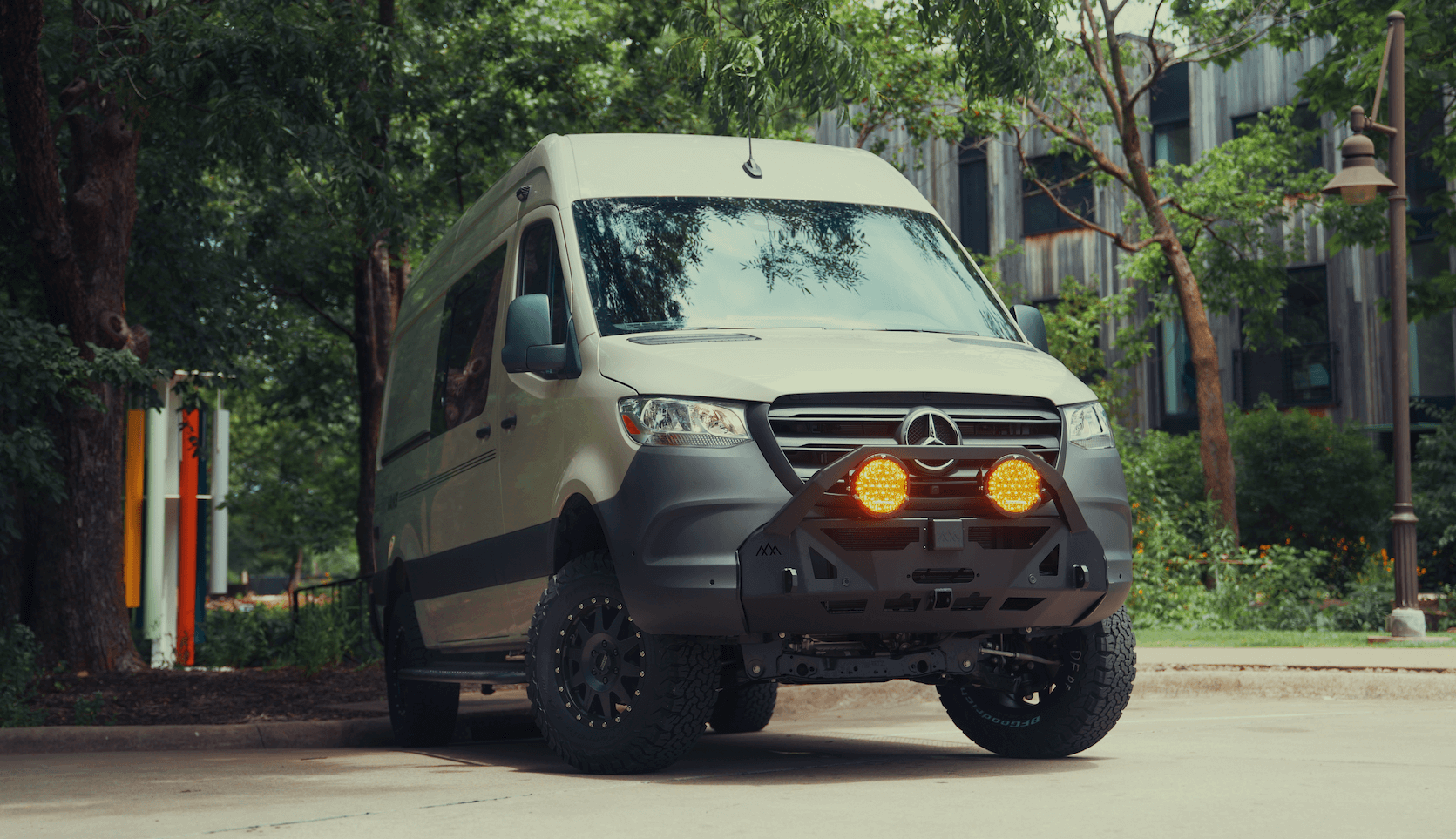Recreational Vans

Flexible solar panels use thin photovoltaic cells laminated to a bendable backing. The two most common approaches are flexible monocrystalline cells on a polymer sheet and thin film chemistries like CIGS placed on flexible substrates. Both capture sunlight and convert it to direct current electricity, but they differ in power density and durability. Flexible panels are far lighter than framed glass modules and can conform to gentle curves. That makes them attractive for roofs that cannot accept heavy mounts or where a low profile is preferred.
Construction impacts performance. Flexible mono cells often deliver higher efficiency per square foot than thin film, while thin film can tolerate shading and variable light better. Because there is no glass layer, flexible modules are more vulnerable to heat and physical stress. Many products specify a maximum bend radius, often described as a degree of curvature across the panel. Exceeding that limit can create micro cracks that reduce output over time.
Flexible mono panels typically trail top rigid modules on conversion efficiency. Heat is another factor. Roof mounted flexible panels sit close to the surface, which limits airflow and raises cell temperature. As temperature goes up, voltage drops, cutting power. A thin spacer or limited airflow path may help, but the thermal profile will still be warmer than a framed module with a stand off.
Manufacturers publish a maximum curvature. Respect that limit and avoid frequent flexing. Repeated bending, point loads at fasteners, or debris trapped under the panel can induce hot spots and long term degradation. Gentle curves, smooth substrates, and even compression across the panel help longevity.
Use flexible panels when weight, profile, or shape wins over absolute peak output. On compact van roofs, you might route panels around fans and racks, using irregular spaces that framed modules cannot cover. On boats and teardrops, curved surfaces favor a conformal solution. Stealth is another driver. Low profile panels look discreet in cities and hold less wind at highway speed.
Flexible panels shine when:
They can be paired with batteries, charge controllers, and alternator charging to build a balanced system. Peak wattage is not the only metric. Panel placement, tilting options, and shading patterns across the day matter just as much. A small flexible array may be perfect for topping batteries on travel days, while shore charging or alternator charging covers heavy loads.
On vans, flexible panels can wrap around roof features and sit below the height of crossbars. On boats, they can live on dodgers or soft biminis where a rigid frame would be impractical. In both cases, abrasion, salt, and UV exposure should guide material choice. An ETFE top layer and sealed edges help resist wear.
Every pound on a van roof raises the center of gravity. Flexible modules trim mass and can cut wind buffeting because they sit close to the skin. That improves highway manners and keeps rig height lower. For owners who visit parking garages or ferries, a few inches of margin matters.
Flexible technology carries tradeoffs. Rigid panels still lead on lifespan, with many glass modules warrantied for decades. Flexible options often carry shorter warranties. Heat soak is greater, which lowers output during hot days. Abrasion from dirt or branches can dull the surface and reduce light transmission. Seal integrity around bus bars and junction boxes is also critical to avoid moisture ingress.
Care guidelines:
Mounting considerations:
Electrical integration matters as much as the panel itself. Match the array voltage and current to an MPPT controller that fits the battery chemistry and capacity. In colder regions, clear snow carefully with non abrasive tools. In hot climates, size the array with heat derating in mind. A small gap between panel and roof can slightly improve thermal performance if the product allows it.
If output falls, confirm open circuit voltage and short circuit current at the panel leads in full sun to isolate the issue. Look for shading from new accessories or cargo. Measure controller input and output to verify the charging profile is correct for your battery type.
If flexible solar fits your use case, the next step is pairing it with the right charge controller, battery bank, and alternator charging strategy. OZK Customs designs roof layouts that respect bend radius, protect cable runs, and maintain service access for fans, racks, and antennas. For some builds we specify low profile flexible modules to preserve clearance, while other projects benefit from rigid panels on standoffs for cooler operation. The system choice follows how you travel and the loads you carry.
A thoughtful solar package is not about chasing the biggest number on the roof. It is about balancing weight, heat, and charging sources to support real travel days. Share your route, seasons, and power priorities, and our team will map a solution that charges fast, runs quiet, and stays serviceable for the long haul.
Tell us what you want to power and where you plan to roam. OZK Customs will design and build a van energy system that fits your life, from flexible solar to battery capacity and alternator charging. Submit your build details and we will get your project on the calendar.
Ready to spec a power system that performs on the road. Tell us how you travel and we will design a van roof solar package that fits your route, climate, and gear. Start your build request and let OZK Customs turn your wish list into a reliable, serviceable system.
ADDRESS:
6159 E Huntsville Rd, Fayetteville, AR 72701
PHONE:
(479) 326-9200
EMAIL:
info@ozkvans.com